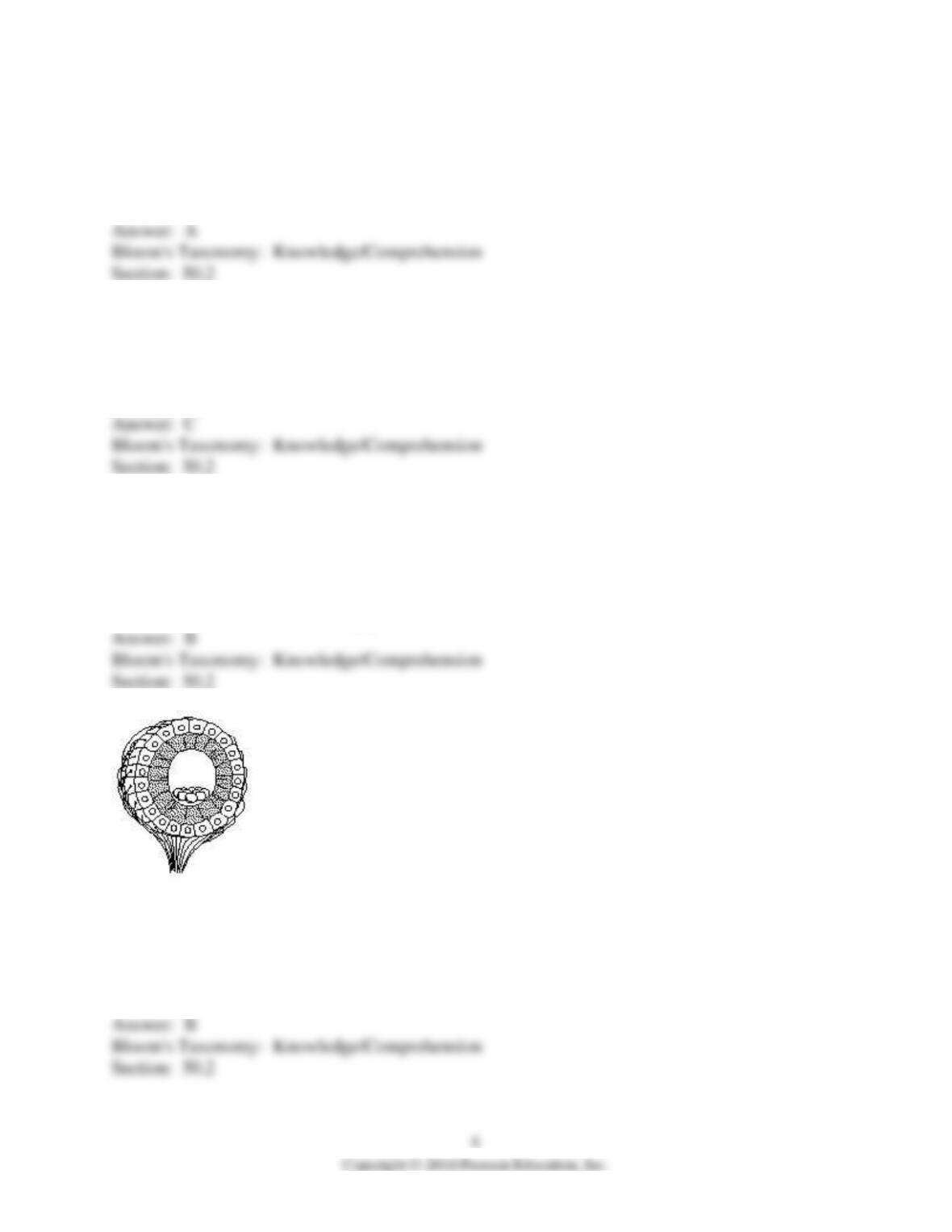50) Action potentials in the heart move from one contractile cell to the next via _____.
A) chemical synapses using acetylcholine
B) chemical synapses using norepinephrine
C) electrical synapses using gap junctions
D) non-myelinated motor neurons
51) What would happen to people exposed to a chemical warfare agent that blocked
acetylcholine from binding to muscle receptors?
A) Action potentials would be continuously generated, causing convulsive muscle contractions.
B) Muscle contractions would be prevented, causing paralysis.
C) Muscle contractions could still occur, but relaxation of the muscle would be impaired.
D) Action potentials would be continuously generated, causing convulsive muscle
contractions; muscle contractions would then be prevented, causing paralysis.
52) When an action potential from a motor neuron arrives at the neuromuscular junction (NMJ),
a series of events occurs that leads to muscle contraction. Which of the following events will
occur last (that is, after all of the others)?
A) acetylcholine (ACh) release
B) conformational change in troponin
C) depolarization of the muscle cell
D) release of Ca2+ from the sarcoplasmic reticulum
53) A patient is hospitalized with muscle spasms caused by failure of back muscles to relax after
contraction. Which of the following would be most likely to help?
A) Inject calcium into the muscle cell, because it is not being released from the sarcoplasmic
reticulum.
B) Induce tropomycin and troponin to bind to the myosin binding sites on actin.
C) Increase the amount of acetylcholine at the synapses between motor neurons and muscle cells.
D) Depolarize the motor neurons to send an action potential to the muscle cells.





























